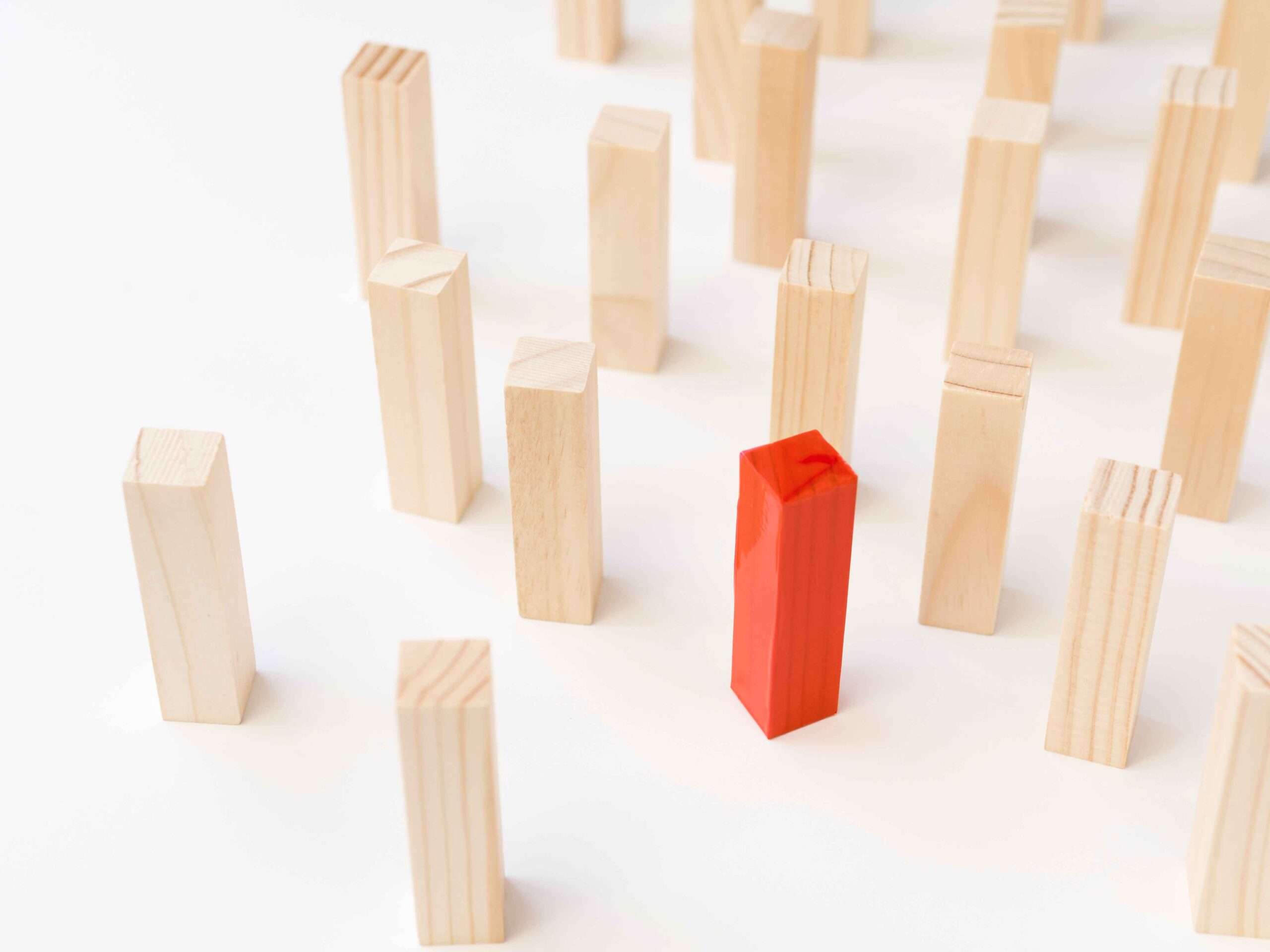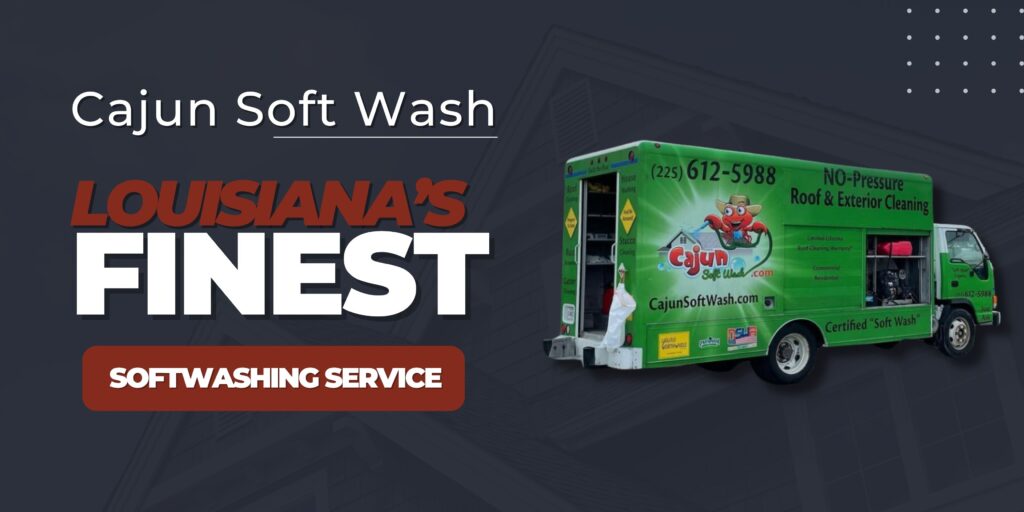What is the Difference Between Moss and Algae on a Roof?
Table of Contents
When you spot green or black growth on your roof, it’s natural to worry. Most people call everything “roof mold” or mix up moss and algae all the time. But they’re different organisms that affect your roof in distinct ways.
Knowing the difference between moss and algae on roof surfaces isn’t just botanical trivia – it directly impacts how you should treat the problem and protect your home investment.
The Key Difference Between Moss and Algae on Roof Surfaces
Let’s understand why these roof invaders behave so differently with science.
Moss is one of the oldest plant forms on Earth, having evolved more than 450 million years ago as part of the Bryophyta division.
Unlike conventional garden plants, moss lacks traditional root structures. Instead, it attaches to surfaces using rhizoids – microscopic filaments that function as anchoring mechanisms rather than nutrient-gathering roots.
On roofing surfaces, moss develops into substantial, cushion-like formations that create persistent moisture reservoirs against shingle materials.
In particularly humid regions, these moss accumulations can become several inches thick, creating significant moisture retention problems.
Algae is an entirely different biological entity. These organisms exist as cyanobacteria capable of photosynthesis rather than true plants. The species typically found on residential roofing (Gloeocapsa magma) manifests as characteristic black streaking.
This algae species derives nutrition from calcium carbonate components in asphalt shingle composition.
Rather than forming dimensional growths, algae create thin surface films that track water flow patterns across roofing planes. This behavior produces the distinctive downward-oriented dark streaking patterns that significantly impact home aesthetics and property values.
Spotting the Difference: What to Look For
Moss is fuzzy and green and resembles a tiny forest growing on your roof. It forms thick, cushiony patches you can feel if you touch them (don’t climb on your roof without proper safety equipment or let the soft washing professionals inspect it).
Moss on the roof develops in noticeable clumps and patches, typically gathering in corners and spots where leaves and debris accumulate. Unlike algae, moss has substantial thickness and dimension, enough to physically grasp it between your fingers if you were on the roof.
When newly established, moss displays a vibrant green color that gradually darkens and becomes more muted as the growth matures and ages.
Algae on roof presents a different appearance pattern. Rather than forming raised patches, it manifests as characteristic dark streaking that follows the natural drainage paths down roof slopes.
These algae formations typically appear as black or deep brown discoloration on the street. When you get up close to inspect roof algae, some types have this faint blue-green color along the edges.
Wet algae are slippery with a slick, sometimes slimy texture. Moss isn’t like that. It’s soft and cushiony, almost like stepping on a thick carpet that’s somehow growing on your shingles.
Most people can tell them apart by looking, even without knowing biological terms. You don’t need a science degree or special training to spot the difference.
The clumpy, raised green patches are moss, while those dark, streaky stains running down the roof in vertical patterns are algae.
You’ll never mix them up once you’ve seen both a few times.
Why They Grow
There are clear patterns in where these organisms tend to show up.
Moss needs a comfortable, stable environment to thrive. It loves shade and moisture, so you’ll commonly find it under tree canopies. A shaded roof can stay damp enough for moss to establish in a humid climate.
Moss also needs something to grab onto – it often starts growing where leaves, pine needles, or other debris collect and decompose on your roof.
Algae is much less picky. It loves warm, humid climates and can handle direct sunlight that would dry out and kill moss. What’s particularly interesting is that roof algae feeds on the limestone fillers that manufacturers add to asphalt shingles.
This means even brand-new roofs can develop algae problems! The spores travel through the air, which explains why you’ll often see neighborhoods with the same black streaking pattern.
If your neighbor has algae on their roof, there’s a good chance you’ll get it too without preventative measures.
Damage Control
Moss and its little root-like structures dig into and under your shingles, gradually prying them up from the roof deck. In our occasional freezing temperatures, moss holds moisture against your roof that freezes and expands, causing even more lifting and separation.
The thick growth also blocks water from properly draining off your roof, creating dams that force water under the shingles and requiring significant structural repairs that could have been prevented.
Algae gets a slightly better report card, but don’t ignore it. Initially, it’s mainly an appearance issue – those black streaks can make even a new roof look ancient and neglected, potentially dropping your property value by thousands.
But over time, algae does cause physical damage, too. As it feeds on limestone filler in your shingles, it gradually breaks down the protective granule layer, leaving the shingles vulnerable to UV damage and rapid deterioration.
Prevention Strategies
Preventing moss and algae requires addressing the conditions that allow them to flourish, though specific approaches differ.
For moss prevention, focus on:
- Trimming overhanging branches to increase sunlight exposure
- Clearing debris like leaves and twigs from the roof surface
- Installing zinc or copper strips near the roof ridge, as metal ions are toxic to moss and will wash down with rainwater
- Ensuring proper attic ventilation to keep the roof surface dry
- Maintaining clean gutters to prevent water backup
For algae prevention, consider:
- Installing algae-resistant shingles containing copper granules when replacing your roof
- Adding zinc or copper strips near the roof ridge
- Maintaining a clean roof surface free of debris
- Addressing humidity issues around your home
- Ensuring proper roof ventilation to reduce moisture
Removal Methods
When prevention fails, removal becomes necessary, and methods vary for moss versus algae.
For roof moss removal:
- Start with physical removal using a soft-bristle brush, working downward to avoid damaging shingles
- Apply a roof moss killer containing potassium salts of fatty acids or other moss-targeted ingredients
- Rinse thoroughly with low-pressure water after the moss has died
- Consider installing zinc or copper strips as a preventative measure
For algae removal:
- Mix a solution of equal parts water and bleach, or use commercial oxygen bleach formulated for roofs
- Apply the solution on a cloudy day to prevent rapid evaporation
- Allow the solution to sit for 15-20 minutes
- Rinse thoroughly with low-pressure water
- Consider applying algae-resistant treatments as a preventative measure
For both organisms, avoid high-pressure washing, which can damage roofing materials by dislodging protective granules or forcing water under shingles.
Professional Treatment Options
Professional roof cleaning services provide significant advantages over DIY methods when addressing substantial moss or algae growth, particularly on challenging roof structures.
Industry specialists use commercial-grade equipment engineered for biological removal without compromising roofing materials. Their cleaning solutions are precisely formulated to target specific organisms while maintaining manufacturer warranties.
Technicians receive extensive training in distinguishing between roof contaminants and selecting appropriate treatment protocols for each situation.
Safety considerations alone often justify professional intervention.
Roof cleaning often means working on steep sections where it’s easy to slip. This creates significant safety issues that most regular homeowners aren’t prepared for.
The professional teams carry full insurance coverage, use proper safety harnesses and equipment, and follow strict safety rules. These measures help prevent serious injury risks.
Skilled treatments typically include:
- Soft washing techniques using low-pressure systems
- Application of commercial-grade biocides that continue working after application
- Preventative treatments to inhibit future growth
- Inspection for any roof damage requiring repair
- Application of protective treatments to extend roof life
Long-Term Maintenance Recommendations
After removing moss or algae, implementing a maintenance regimen helps prevent recurrence and extends your roof’s lifespan.
Regular maintenance should include:
- Annual roof inspections, particularly in spring and fall
- Prompt removal of any debris accumulation
- Trimming of overhanging branches as needed
- Cleaning of gutters and downspouts
- Replacement of worn or damaged zinc/copper strips
- Periodic expert cleaning (every 2-5 years, depending on local conditions)
- Application of preventative treatments on a scheduled basis
Environmental and Health Considerations
When dealing with roof growth, consider environmental impacts and potential health concerns.
Many traditional moss and algae removal products contain harsh chemicals, such as bleach or copper sulfate, that can harm plants, aquatic life, and beneficial soil organisms. Runoff from these treatments may damage landscaping or contaminate water sources.
Additionally, some chemicals present health risks through skin contact or inhalation.
Fortunately, eco-friendly alternatives exist:
- Oxygen bleach formulations that break down into water and oxygen
- Enzymatic cleaners that use biological processes
- Vinegar-based solutions (though less effective and potentially harmful to some plants)
- Manual removal followed by preventative measures
- Commercial bio-based products formulated for environmental safety
Economic Implications
Both moss and algae carry economic consequences for homeowners, though in different ways.
When moss starts growing on your roof, it creates little channels where water can get in and seriously damage your roof structure over time.
That moisture eventually soaks through everything – the roof deck, your attic insulation, and sometimes even your ceilings and walls inside.
If minor moss problems are ignored, they can become big-ticket repair bills. Replacing even a section of damaged roof decking typically costs a lot of money, depending on the size. Add in repairs for wet insulation, water-stained ceilings, and potential mold issues.
Algae creates a different problem – it tanks your property value and marketability. Real estate agents will tell you the black streaks make buyers think your home hasn’t been maintained properly, often resulting in lower offers than similar homes with clean roofs.
While algae won’t cause your roof to fail tomorrow, it steadily wears away the protective granule layer on asphalt shingles, accelerating UV damage and potentially decreasing lifespan.
The smart choice is always prevention through regular maintenance, targeted interventions, and early treatment.
Frequent professional inspections catch these problems when small and manageable, before they become expensive structural repair nightmares like a premature roof replacement.
Don’t Let the Difference Between Moss and Algae on Roof Confuse You
Now you know the real deal about these roof invaders. Moss is the thick, cushiony growth that can physically damage your roof by lifting shingles and trapping moisture.
Algae is the streaky, staining organism that mainly looks bad but can gradually degrade your shingles over time. Each requires different treatment approaches for effective removal.
Using the wrong cleaning method can accelerate roof damage instead of solving the problem.
For stubborn or extensive moss and algae problems, consider getting roof soft washing services by Cajun Softwash. Our team uses specialized low-pressure cleaning techniques and environmentally friendly solutions specifically formulated for each type of growth.
We understand the unique challenges of Southern Louisiana’s humid climate and how it affects roof maintenance.
Your roof protects everything you own – make sure you’re protecting it correctly by understanding what you’re dealing with up there.

Benjamin B.
Ben is a seasoned expert in softwashing and exterior cleaning, with a deep understanding of how regional climates impact roof maintenance. Specializing in moss, algae, and grime removal, Ben combines industry-leading techniques with local knowledge to ensure long-lasting results. His expertise in Louisiana’s weather patterns allows him to recommend the best treatment timing and methods for roof preservation.
Continue Reading:

What is the Difference Between Moss and Algae on a Roof?

What is Soft Washing? All You Need to Know
About us
Cajun Soft Wash is the premier exterior cleaner in the Greater Baton Rouge, LA area. We specialize in soft wash, which is a cleaning process that utilizes low pressure (like the pressure from a garden hose) to deliver a customized cleaning solution, specially blended to meet the demands of each project.
Follow us on social
We respond within 48 hours






